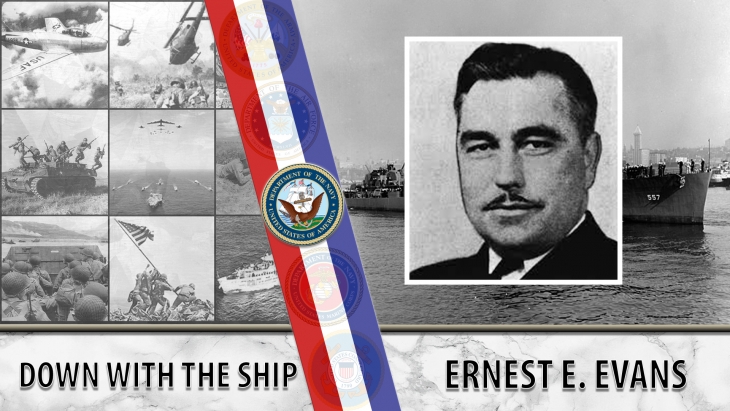
Cmdr. Ernest E. Evans captained the USS Johnston which sank during the Battle of Leyte Gulf. For his actions, he was posthumously awarded the Medal of Honor.
After enlisting in the Navy in May 1926, Ernest E. Evans spent a year in service before being sent to the U.S. Naval Academy in Annapolis, Maryland. Upon graduation in 1931, he was commissioned as an ensign and was sent to the Naval Air Station in San Diego. Evans went on to serve on numerous ships, including USS Colorado, USS Black Hawk and USS Roper. He also worked as an aviation gunnery observer on USS Pensacola.
In August 1941, Evans was assigned to the destroyer USS Alden, and was in the Pacific when Pearl Harbor was attacked in December. He was promoted to commander in March 1942 and oversaw the Alden’s operations in the Dutch East Indies, Australia and New Guinea. In July 1943, he oversaw the fitting of the new destroyer USS Johnston in Seattle. Upon the ship’s completion in the fall of 1943, Evans was made commander. At the ship’s commissioning, he said “This is going to be a fighting ship. I intend to go in harm’s way, and anyone who doesn’t want to go along had better get off right now.”
USS Johnston shipped out to the Pacific in the winter of 1944 and participated in the Marshall Islands campaign by bombarding Kwajalein’s beaches. The destroyer also provided anti-submarine support against the Japanese forces in the Caroline islands. In May 1944, USS Johnston sank the Japanese submarine I-176 with the aid of the destroyers USS Franks and Haggard. Evans later received a Bronze Star with Combat “V” for his role in bringing down the submarine.
During the island-hopping campaign in Guam, USS Johnston continued to provide support by protecting escort carriers and bombarding enemy targets. In October 1944, the destroyer helped retake the Philippine islands and joined the naval task unit Taffy 3. During the Battle of Leyte Gulf, American ships attempted to enter the gulf via the San Bernardino strait but encountered heavy defense from the Japanese Navy. Though the Johnston and other ships in the task force were outnumbered by Japanese forces, Evans gave the command to commence a torpedo run against the enemy and continue to bombard the fleet. According to Robert J. Schneller Jr. of the Naval Historical Center, Evans’ aggressiveness, along with that of other American destroyers and aviators in Taffy 3, led the Japanese to believe they were facing a much larger force, causing them to turn away.
Despite the continued efforts of Taffy 3 to fight back, the Japanese fleet surrounded the destroyers and damaged one of USS Johnston’s engines. Evans gave the order to abandon ship at 9:45 a.m. and the ship sank 25 minutes later. Of the Johnston’s crew of 327 sailors, only 141 survived. Evans was never found and was declared missing in action. For his actions, Evans was posthumously awarded a Purple Heart and the Medal of Honor. He was the first Native American to be awarded the Medal of Honor and was one of only two destroyer captains to receive the award during World War II. USS Johnston later received a Presidential Unit Citation and six battle stars for its service during the war.
“[Leyte Gulf], a key battle in the Pacific war, was almost a disaster for the United States,” said Sam Cox, a retired U.S. Navy rear admiral, in an April 2021 article from The Oklahoman. “If it hadn’t been for what Ernest Evans did, the battle would have gone much worse.”
In October 2019, the wreckage of USS Johnston was found at a depth of more than 20,000 feet in Leyte Gulf but was initially unable to be identified due to its similarity to another wrecked destroyer, USS Hoel. The ship was positively identified in April 2021 after the hull was found.
“[Evans] had said very early on that ‘I will never run from a fight.’ And he was true to his word,” Cox remarked.
We honor his service.
Writer: Sarah Concepcion
Editor: Julia Pack
Researcher: Crystal Moore
Graphic Designer: Katie Rahill
Topics in this story
More Stories
Bernie Webber led one of the greatest Coast Guard rescues in history that was later chronicled in the book and movie, “The Finest Hours.”
As the events of 9/11 unfolded, Marine Veteran Robert Darling served as a liaison between the Pentagon and Vice President Dick Cheney in the underground bunker at the White House.
NASA astronaut Neil Armstrong was the first person to walk on the moon. He was also a seasoned Naval aviator.

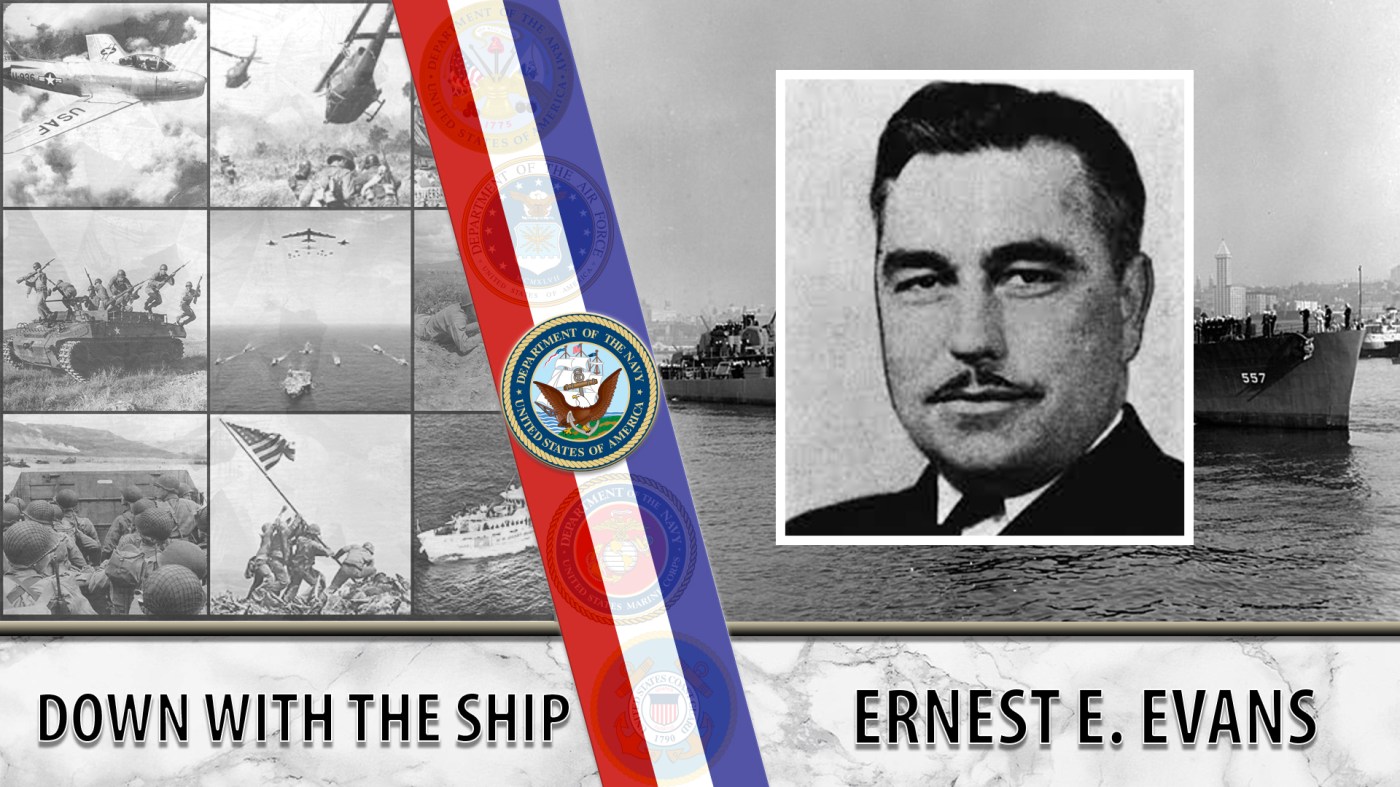
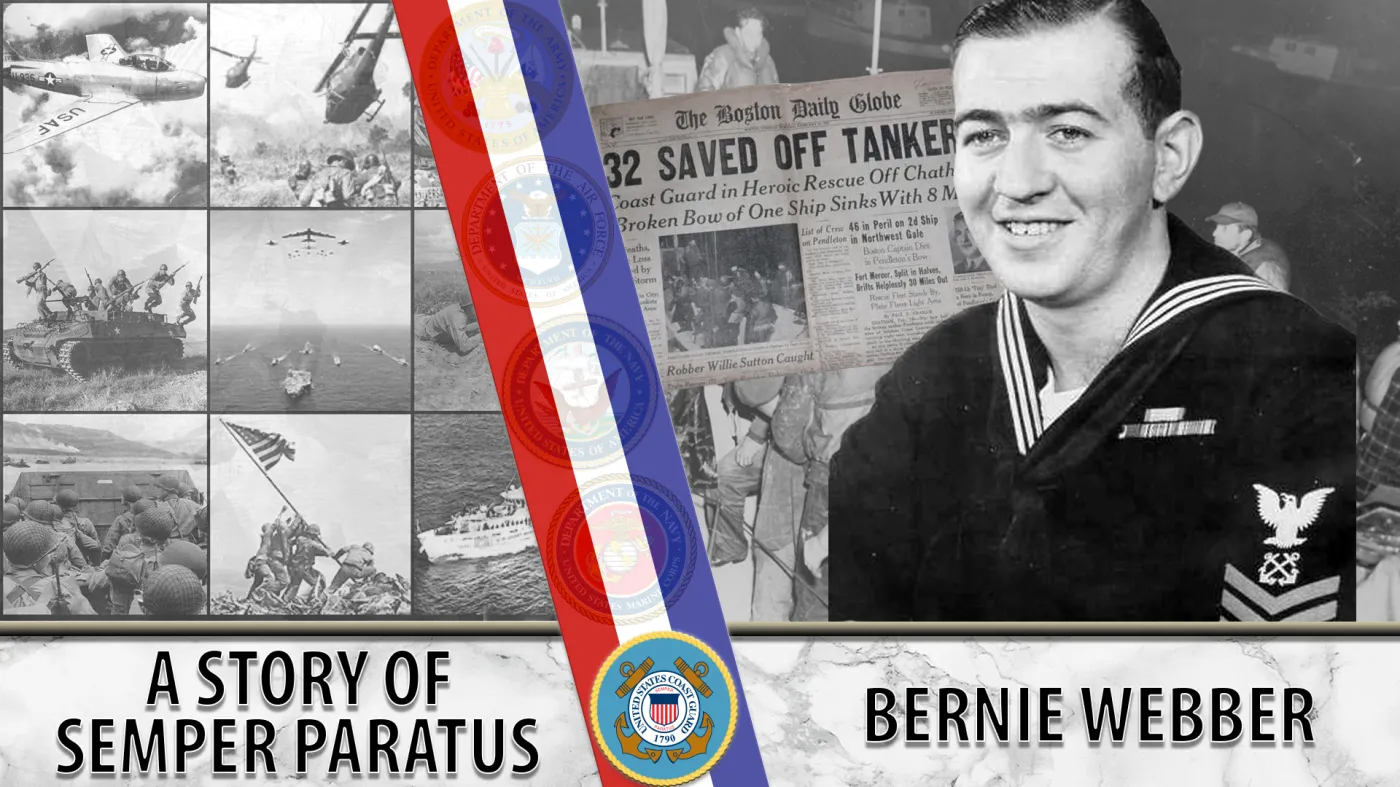
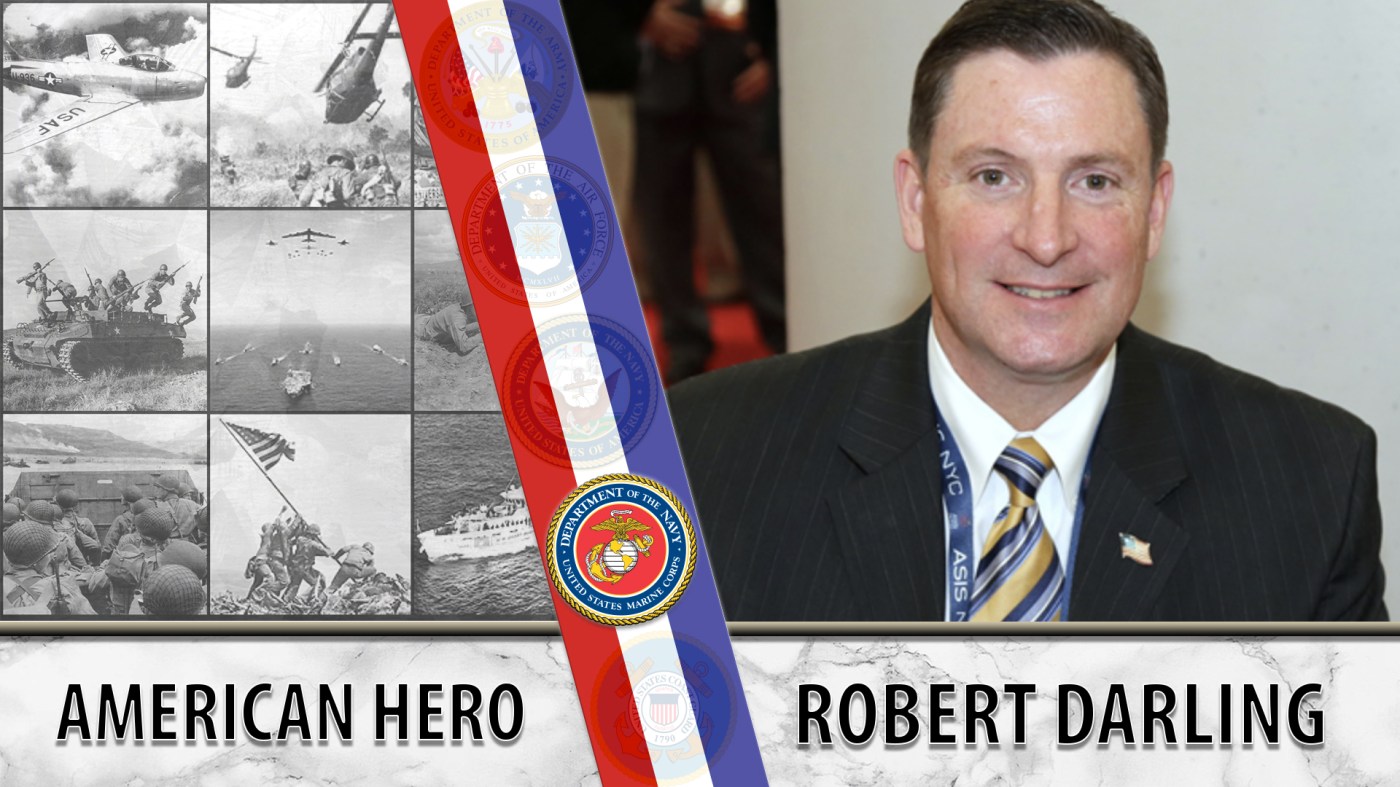
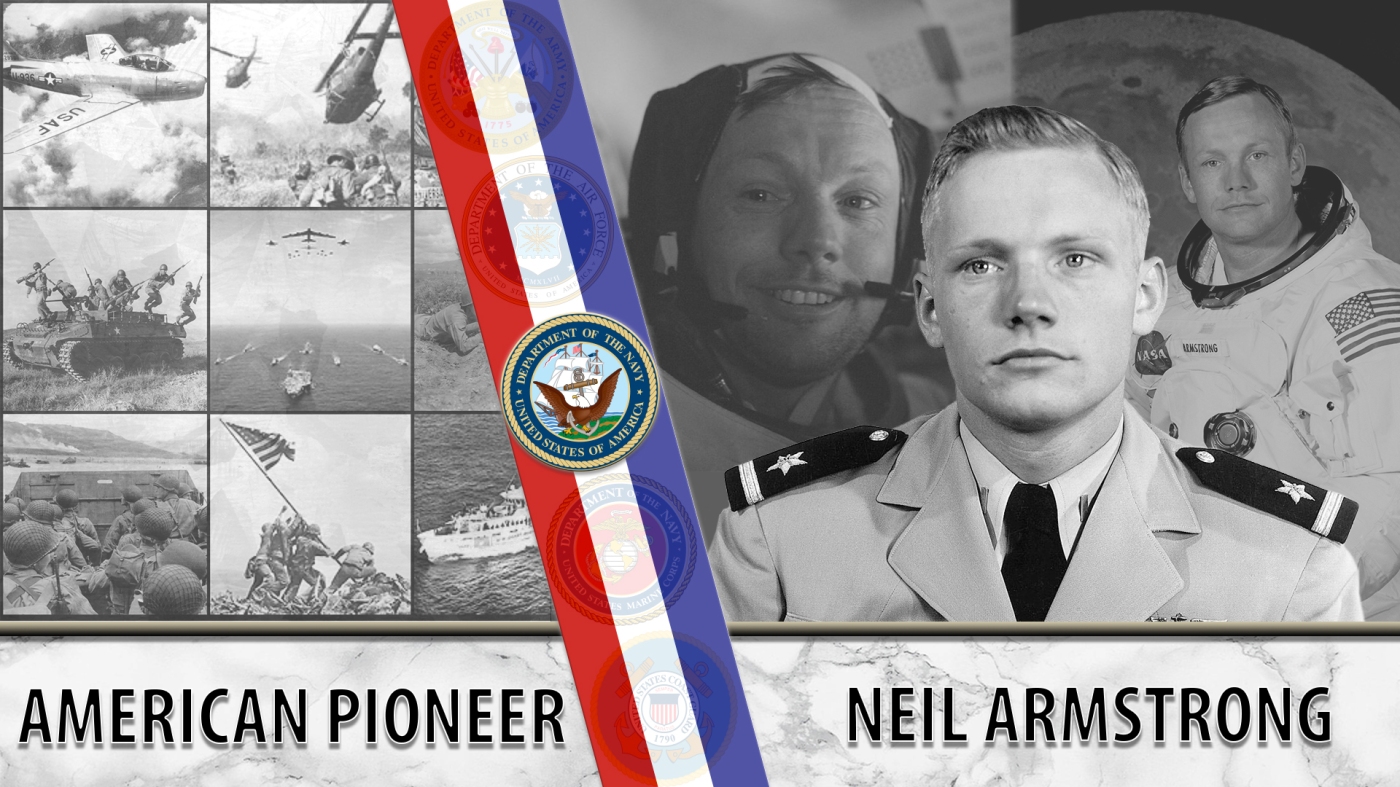


Thanks for the amazing piece of tin can destroyer history. I served on the USS Henley DD 762 59 -62 . There were 3 Destroyers named after Robert Henley “war of 1812 era”.
A new destroyer needs to be named for Evans. Just like there’s always a Farragut or Porter. Evans defined what a destroyer captain should be.